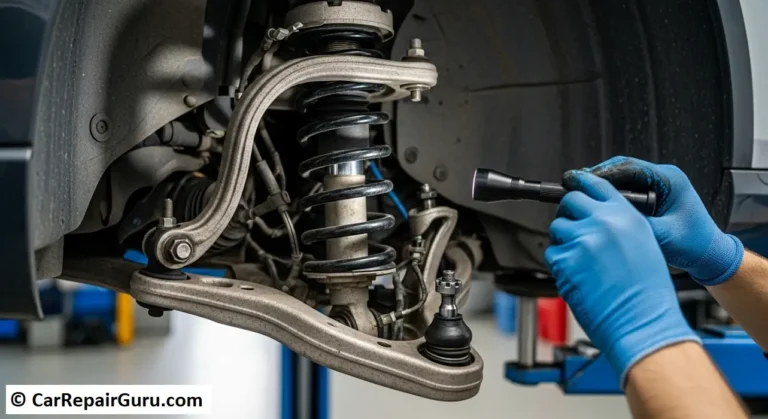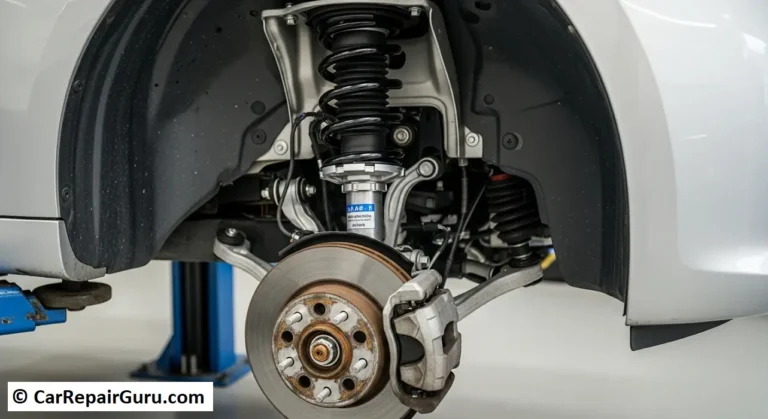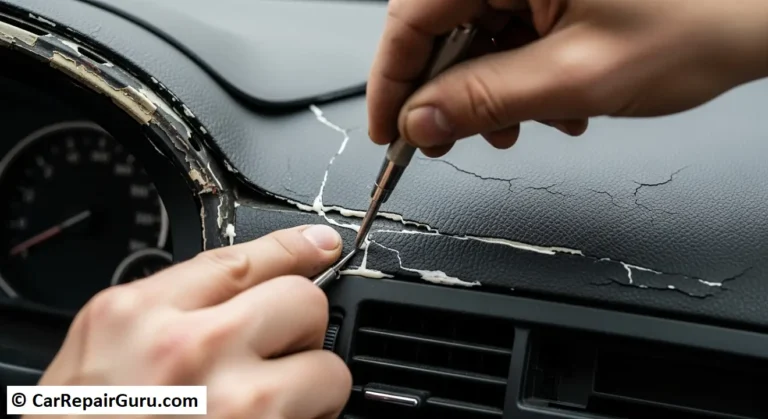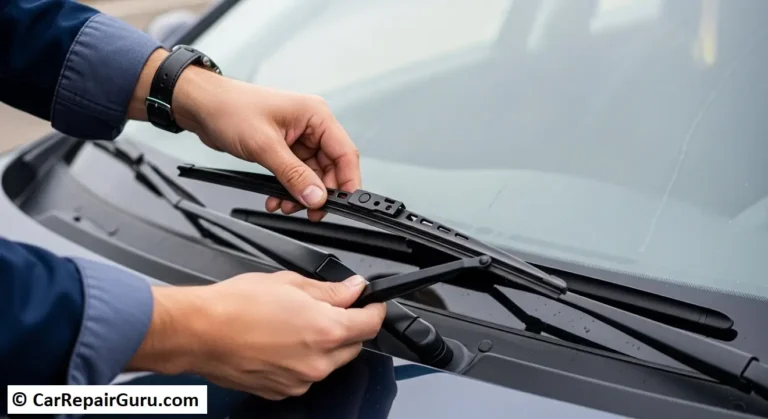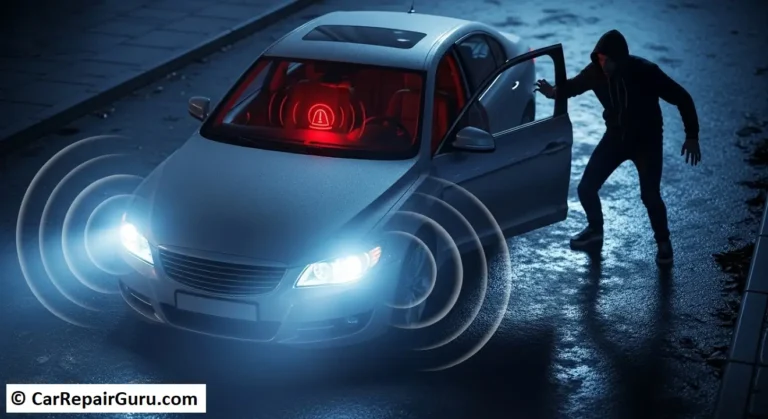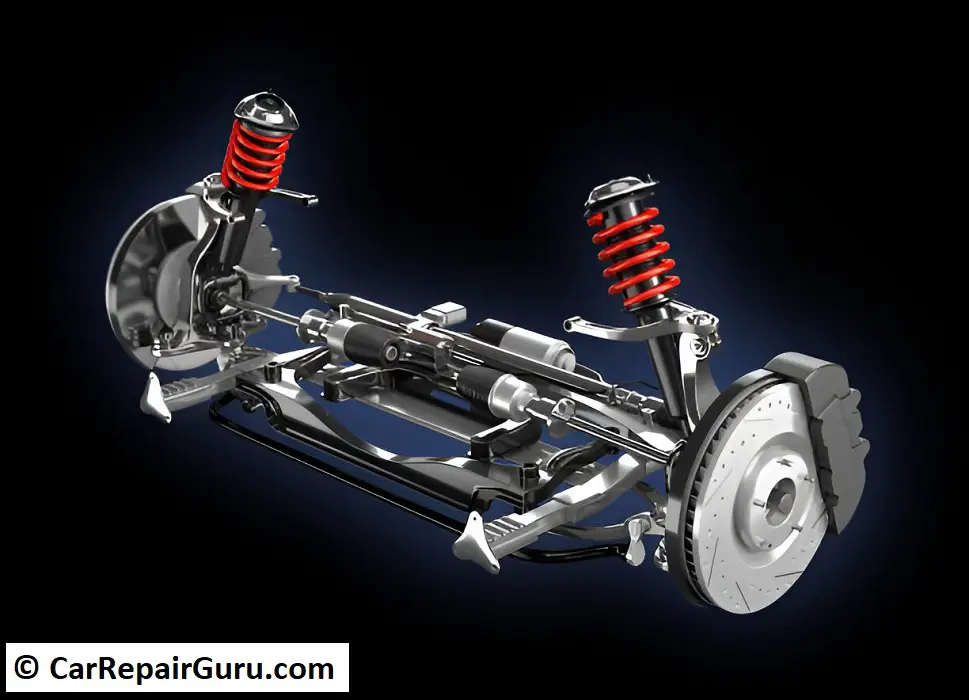
When it comes to driving safety and comfort, vehicle suspension systems play a pivotal role. Among these components, anti-roll bars—also known as sway bars or stabilizer bars—are essential for ensuring stability, especially during sharp turns or bumpy rides. These often-overlooked parts are key to reducing body roll, keeping your vehicle balanced, and improving overall handling.
But how do anti-roll bars achieve this? By connecting the left and right wheels of your car, these bars distribute weight more evenly, preventing excessive tilting when cornering. Whether you’re an everyday driver navigating city streets or an enthusiast enjoying winding roads, anti-roll bars enhance your experience by providing better control and safety.
In this guide, we’ll break down how anti-roll bars work, their benefits, types, and whether upgrading is right for your vehicle. So, let’s dive into the world of anti-roll bars and discover why they’re vital for both performance and peace of mind.
What Are Anti-Roll Bars?
At the heart of every vehicle’s suspension system lies an unassuming yet powerful component: the anti-roll bar. Also known as sway bars or stabilizer bars, these parts are crucial for maintaining stability and balance while driving, particularly during cornering or uneven road conditions.
Structurally, an anti-roll bar is a long, metal rod—often made of steel—that connects the left and right sides of a car’s suspension. It works as a torsion spring mechanism, resisting twisting motions to counteract excessive body roll. This means that when your car leans to one side during a turn, the anti-roll bar helps to level it by distributing weight more evenly across the wheels.
The function of anti-roll bars isn’t limited to performance vehicles; they’re also found in everyday cars, SUVs, and even trucks. By reducing body roll, they improve not only handling but also safety, giving drivers more control in sharp turns and preventing oversteer or understeer.
In essence, anti-roll bars explained simply: they are the unsung heroes that make your ride smoother and more secure, whether you’re zipping through city traffic or navigating mountain roads.
How Do Anti-Roll Bars Work?
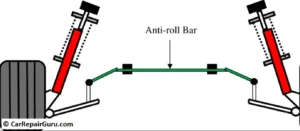
Understanding how anti-roll bars function reveals why they’re indispensable for a stable and smooth ride. Their primary role lies in managing a vehicle’s body roll, which is the side-to-side tilting motion that occurs when turning.
At the core of their operation is the torsion spring mechanism. The anti-roll bar connects the left and right suspension systems via a solid or hollow rod, often linked by bushings and end links. When one side of the car’s suspension compresses (e.g., during a turn), the bar twists to resist that motion. This resistance redistributes the force across both sides of the vehicle, minimizing the lean and keeping the body level.
For instance, when a car takes a sharp turn, centrifugal force causes the vehicle to lean outward. Without an anti-roll bar, this imbalance could lead to reduced traction, loss of cornering stability, or even tipping in extreme cases. By balancing the forces, the anti-roll bar enhances handling and keeps all wheels firmly planted on the ground.
Additionally, anti-roll bars play a significant role in suspension tuning. Depending on their thickness and design, they can be adjusted to suit specific driving conditions. Thicker bars provide greater stiffness for high-speed performance, while thinner bars allow more flexibility for a smoother ride on regular roads.
In essence, anti-roll bars explained simply: they are the key to balancing weight distribution, improving safety, and giving drivers the confidence to handle curves and corners with ease.
Key Benefits of Anti-Roll Bars
Installing or upgrading anti-roll bars brings a host of benefits that directly enhance your driving experience. From improved handling to reduced wear and tear on your car, these components are invaluable for both casual drivers and performance enthusiasts.
1. Improved Handling and Control During Sharp Turns
The most noticeable advantage of anti-roll bars is their ability to reduce body roll during cornering. When your car leans excessively in a turn, it can make handling feel imprecise and unsafe. Anti-roll bars counteract this by distributing weight evenly across the wheels, providing stability and control. This means smoother, more predictable steering even in tight corners or during high-speed maneuvers.
2. Enhanced Traction on Slippery Roads
By keeping your vehicle’s weight balanced, anti-roll bars ensure that all tires maintain optimal contact with the road. This traction enhancement is especially critical on wet or icy surfaces, where uneven weight distribution could lead to skidding. With anti-roll bars, you’re better equipped to maintain control in adverse conditions, making them a safety must-have for any driver.
3. Reduced Wear and Tear on Tires and Suspension
Excessive body roll doesn’t just affect handling—it also strains your car’s suspension and tires. Uneven weight shifts can cause premature wear, leading to costly repairs or replacements. By stabilizing the vehicle, anti-roll bars help distribute forces more evenly, reducing the stress on critical components. This not only extends their lifespan but also improves overall ride quality.
In conclusion, anti-roll bars explained simply: they are essential for body roll reduction, traction enhancement, and long-term vehicle durability. Whether you’re tackling everyday commutes or performance driving, they deliver tangible benefits that make your ride safer and more enjoyable.
Types of Anti-Roll Bars
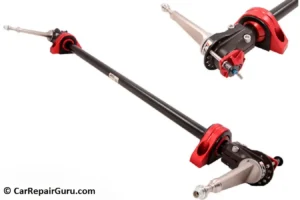
Anti-roll bars come in various types, each suited to specific driving needs and vehicle configurations. Understanding these differences can help you make informed decisions about potential suspension upgrades.
1. Solid vs. Hollow Bars
One of the key distinctions lies in the construction of the anti-roll bar.
- Solid Bars: These are made from a single piece of solid metal, offering excellent stiffness and durability. They are commonly used in performance vehicles where maximum stability is a priority.
- Hollow Bars: Also known as tubular bars, these are lighter than solid bars while still providing good rigidity. Hollow bars are ideal for reducing weight without sacrificing significant performance, making them popular in modern vehicles aiming to improve fuel efficiency alongside handling.
2. Adjustable vs. Non-Adjustable Bars
Another important factor is whether the anti-roll bar is adjustable.
- Adjustable Bars: These allow drivers to fine-tune the bar’s stiffness by changing the mounting points. They’re particularly useful for enthusiasts who want to customize their car’s handling characteristics for different driving conditions.
- Non-Adjustable Bars: Fixed in design, these bars are set to a specific level of stiffness. While less flexible, they still provide substantial improvements in reducing body roll for most driving scenarios.
3. Front vs. Rear Stabilizer Bars
The location of the anti-roll bar also affects its function.
- Front Stabilizer Bars: These are designed to reduce body roll in the front suspension, improving overall stability and steering precision.
- Rear Stabilizer Bars: These enhance the rear suspension’s stability, helping to prevent oversteer. In performance setups, both front and rear bars are used together for balanced handling.
Choosing the right type of stabilizer bar depends on your vehicle and driving preferences. Whether you prioritize suspension upgrades for daily use or performance, understanding these options ensures you get the best results.
Common Misconceptions About Anti-Roll Bars
Despite their critical role in improving vehicle stability and safety, there are several misconceptions about anti-roll bars that can confuse drivers. Let’s address some of the most common myths to clarify what anti-roll bars really do and how they impact driving dynamics.
1. “Anti-Roll Bars Make the Ride Harsh”
One widespread myth is that anti-roll bars significantly stiffen a car’s ride, making it uncomfortable for everyday use. In reality, anti-roll bars only activate during specific scenarios, such as sharp turns or uneven roads, to reduce body roll. They don’t affect vertical suspension travel, meaning your car’s comfort during straight-line driving remains unchanged.
2. “Anti-Roll Bars Are Only for Performance Cars”
Another misconception is that anti-roll bars are unnecessary for regular vehicles. While they are indeed a staple in high-performance cars, anti-roll bars are equally essential in everyday vehicles. They provide safe driving dynamics by preventing excessive lean during cornering, reducing the risk of losing control. For SUVs and trucks, they also help improve handling despite a higher center of gravity.
3. “Upgrading Anti-Roll Bars Isn’t Worth It”
Some believe that upgrading anti-roll bars is an insignificant improvement. However, for drivers who frequently navigate winding roads or carry heavy loads, better anti-roll bars can lead to noticeable enhancements in stability and handling, making them a worthwhile suspension upgrade.
anti-roll bars explained clearly: they are vital for safety and comfort in both performance and everyday vehicles, debunking these misconceptions.
Should You Upgrade to Anti-Roll Bars?
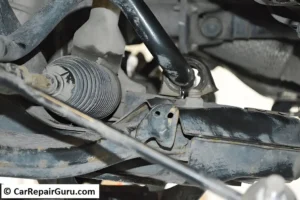
Deciding whether to upgrade to anti-roll bars depends on your driving habits, vehicle type, and what you want to achieve in terms of handling and stability. While most vehicles come equipped with standard anti-roll bars, aftermarket upgrades offer tailored benefits that might be worth considering.
Factors to Consider Before Upgrading
- Driving Habits
- If you frequently drive on winding roads or enjoy spirited driving, upgrading your anti-roll bars can lead to significant handling improvement. Enhanced stability reduces body roll and makes cornering feel more precise.
- For daily commuters or casual drivers, the factory-installed anti-roll bars are often sufficient unless there’s a specific issue with your vehicle’s stability.
- Vehicle Type
- Larger vehicles like SUVs and trucks benefit greatly from upgraded anti-roll bars due to their higher center of gravity. These vehicles often experience more body roll, which can be mitigated with stiffer or thicker bars.
- Sports cars or performance vehicles may already have robust anti-roll bars, but adjustable options allow for further suspension tuning tailored to track or road use.
- Personal Preferences
- Drivers seeking a smoother ride might prefer retaining stock anti-roll bars. However, those prioritizing control and sharp handling will appreciate the noticeable difference that upgraded anti-roll bars provide.
Professional Installation Is Key
While upgrading anti-roll bars is a straightforward modification, professional installation ensures optimal results. Proper alignment and torque settings are crucial for achieving the desired handling characteristics without compromising safety.
anti-roll bars explained as an upgrade: they enhance stability, improve handling, and allow for greater customization of your vehicle’s suspension. For drivers looking to maximize performance or safety, upgrading is a worthwhile investment that aligns with your driving needs and preferences.
Conclusion
In summary, anti-roll bars are crucial for enhancing your vehicle’s safety, handling, and overall performance. By reducing body roll, these components ensure a smoother and more controlled driving experience, especially during sharp turns or on uneven roads. Whether you’re commuting daily, navigating tricky terrain, or enjoying spirited driving, anti-roll bars play an integral role in maintaining balance and stability.
For those looking to further enhance their vehicle’s performance, suspension upgrades that include aftermarket anti-roll bars offer tailored solutions. They provide handling improvement, better traction, and increased durability for your car’s suspension system. Whether it’s a thicker bar for added stiffness or an adjustable option for fine-tuning, upgrading can make a noticeable difference.
Before making changes, consult a professional to ensure the installation is precise and aligned with your vehicle’s specifications. Proper installation guarantees optimal results, keeping your driving experience both enjoyable and safe.
In essence, anti-roll bars explained simply: they are a small but powerful component that elevates your car’s performance and safety. Upgrading them is a worthwhile investment for drivers seeking better control, stability, and peace of mind on the road.
FAQs About Anti-Roll Bars
What Are Anti-Roll Bars, and Why Are They Important?
Anti-roll bars, also called sway bars, are suspension components that reduce body roll during turns. They improve handling and stability by balancing weight distribution across the vehicle.
Do All Vehicles Have Anti-Roll Bars?
Most vehicles come with anti-roll bars, but performance cars often have larger or adjustable ones for better handling. Some older or budget models may lack them.
How Can I Tell if My Anti-Roll Bar Is Failing?
Signs of a failing anti-roll bar include increased body roll, clunking noises, and uneven tire wear. If these occur, have the suspension checked by a professional.
Should I Upgrade My Anti-Roll Bars?
Upgrading is useful if you want better handling and reduced body roll, especially for performance driving. Professional installation is recommended for optimal results.
Are Anti-Roll Bars Adjustable?
Some aftermarket bars are adjustable for different driving conditions, ideal for performance enthusiasts. Factory-installed bars are typically non-adjustable but still improve handling.

